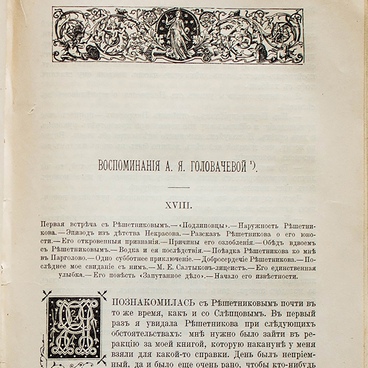In the 18th century, bells were used by mail coachmen as a special signaling device. Their purpose was to warn the custodian of the post station in advance about the approaching carriage so he would prepare replacement horses. The sound of the bell could be heard for a distance of over two kilometers.
However, common people could also use bells, which confused the post station officials. As a result of numerous complaints from the post office, the Senate issued a special decree on December 18, 1836, which stated the following: ‘The use of bells by all those who ride their own or rented horses shall be banned’.
That said, the ringing was still necessary during rides. First, it notified pedestrians of the oncoming carriage, and second, it was an indispensable road companion. It had to do with the cultural tradition: ancient Slavs used bells as a good luck charm, sewing them to clothes. The normal bell was soon substituted with a sleigh, bell which proved to be a good alternative for common people.
During excavations in NOvgorod, sleigh bells were found in all cultural layers between the 10th and 16th centuries. The sleigh bell was often used as buttons in Russian national costumes; this tradition existed until the early 20th century. However, in Russia, sleigh bells became most widespread after the ban on regular bells on shaft bows. Typically, the biggest sleigh bell was hung in the middle of the shaft bow, above the horse’s head. Smaller sleigh bells could be hung along the shaft bow, on shafts, bridles, or breechings. Rich and noble people decorated the horse tacks with silver sleigh bells.
A sleigh bell is a metal hollow sphere with a slit, inside of which a metal solid ball moves freely. When shaking the ball hits the walls of the sphere thus producing a sound. Such sleigh bells have a duller and less lasting sound than regular bells, but they make sounds regardless of the position. With regard to the manufacturing technique, they can be stamped, cast or forged. Hemispheres of copper sleigh bells were welded with tin, iron sleigh bells were welded with copper. Some sleigh bells are seamless, rimmed, and ridged.
However, common people could also use bells, which confused the post station officials. As a result of numerous complaints from the post office, the Senate issued a special decree on December 18, 1836, which stated the following: ‘The use of bells by all those who ride their own or rented horses shall be banned’.
That said, the ringing was still necessary during rides. First, it notified pedestrians of the oncoming carriage, and second, it was an indispensable road companion. It had to do with the cultural tradition: ancient Slavs used bells as a good luck charm, sewing them to clothes. The normal bell was soon substituted with a sleigh, bell which proved to be a good alternative for common people.
During excavations in NOvgorod, sleigh bells were found in all cultural layers between the 10th and 16th centuries. The sleigh bell was often used as buttons in Russian national costumes; this tradition existed until the early 20th century. However, in Russia, sleigh bells became most widespread after the ban on regular bells on shaft bows. Typically, the biggest sleigh bell was hung in the middle of the shaft bow, above the horse’s head. Smaller sleigh bells could be hung along the shaft bow, on shafts, bridles, or breechings. Rich and noble people decorated the horse tacks with silver sleigh bells.
A sleigh bell is a metal hollow sphere with a slit, inside of which a metal solid ball moves freely. When shaking the ball hits the walls of the sphere thus producing a sound. Such sleigh bells have a duller and less lasting sound than regular bells, but they make sounds regardless of the position. With regard to the manufacturing technique, they can be stamped, cast or forged. Hemispheres of copper sleigh bells were welded with tin, iron sleigh bells were welded with copper. Some sleigh bells are seamless, rimmed, and ridged.



